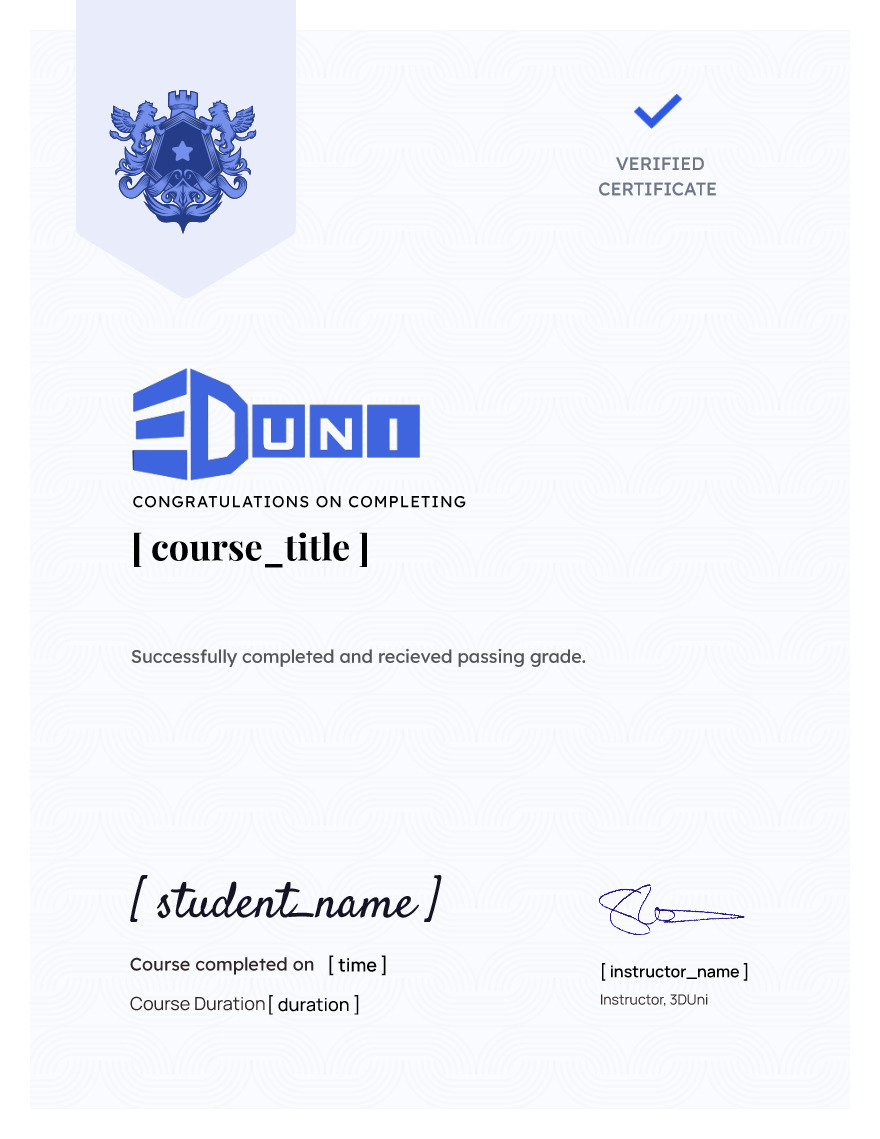Mastering Houdini Destruction: Simplified
Course Content
Part 1: Introduction to RBD
-
Part 1: Introduction to RBD
01:25:17 -
Part 1: Introduction to RBD
Part 2: Simulating Debris
Part 3: Introduction to Pyro and Particle Simulations
Part 4: Procedural Lava Shader Creation and Rendering
Earn a certificate
Add this certificate to your resume to demonstrate your skills & increase your chances of getting noticed.

Student Ratings & Reviews

No Review Yet
